Disclaimer: This blog post contains affiliate links. If you make a purchase through these links, I may earn a small commission at no additional cost to you. Learn More. Thank you for supporting our garden community.
5 Easy Tomato Trellis Ideas for ANY Garden
Tomatoes are one of the most rewarding crops to grow, but without proper support, they can quickly become a mess. A good tomato trellis not only keeps plants off the ground but also improves airflow, reduces disease risk, and makes harvesting easier. In this guide, we’ll cover 5 easy trellis ideas for tomatoes, so you can choose the one that fits your garden.
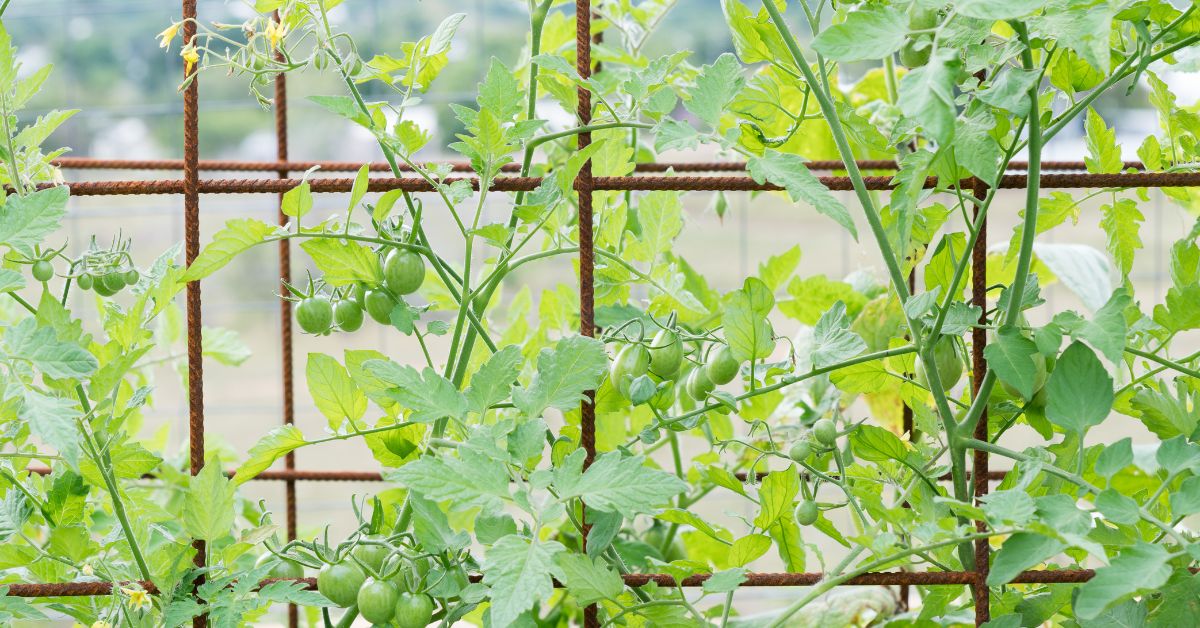
DIY Tomato Trellis Ideas for ANY Garden
There are so many ways to support and trellis tomato plants, and I have tried many of them. There are only a handful that I keep coming to because they’re so good.
And most of the tomato varieties that we grow in our gardens need to be supported.
That’s why we need a good strong trellis to increase our yields and give us more tomatoes.
That being said, let’s get right into the 5 easy tomato trellis ideas for any garden.
Products:
Save 10% on your first Burpee seed order using code BURPEE10
Easy to Grow seed varieties from Burpee for guaranteed success
Natural biodegradable jute twine
Benefits of Trellising Tomatoes
There are many benefits to trellising tomatoes:
- Prevents Diseases: When the leaves, stems, and fruit of tomato plants touch the ground, diseases can easily spread, like powdery mildew. If you keep the plants off the ground, it will greatly reduce the chances of diseases spreading.
- Increases Airflow: Again, if there is more airflow around your plants, there’ll be less chance for disease to spread. By keeping the plants upright and separated, air can easily flow through the leaves and stems.
- Encourages Growth: Instead of directing all the plant’s energy into sprawling, it will be put into vertical growth and fruit production. This gives you a larger harvest.
- Easy Harvesting: Trellised tomatoes are more accessible and easier to harvest. This means you won’t have to break your back or spend time digging around to find all the fruits.
- Maximizes Space: When you let the plants grow horizontally on the ground, they take up much more space. Growing tomatoes vertically allows you to fit more plants in the same space, giving you more fruit.
Understanding Determinate Tomato Varieties
Determinate tomato varieties are tomatoes that grow to a set height. They can’t grow any taller than about 3 or 4 feet, no matter how long your growing season is.
This also means that they only produce a certain amount of fruit.
Determinate tomatoes typically grow bushier that indeterminates, so their trellising requirements are different. They don’t need as much trellis space, because they don’t grow too much vertically.
Understanding Indeterminate Tomato Varieties
On the other hand, indeterminate tomatoes are tomatoes that will basically grow forever until your first frost in the fall.
Most indeterminate tomatoes will grow to over 7 feet tall. The tallest one I ever grew was over 20 feet, which is just crazy. But once the frost hits, all production will stop and the plants will die.
These varieties require an extensive trellis that can support the weight of the plants and fruits.
Learn more: How to Grow Tomatoes from Seed
Which Tomatoes Need to be Trellised?
Well the short answer is all tomato varieties.
Both determinate and indeterminate tomato varieties need to be trellised in some way to grow properly. However, it may look different and provide different support for each variety.
Because indeterminate tomatoes grow very tall, your trellis for these will have to be taller and vertical in nature.
Since determinates grow more like a bush, the trellis will be much shorter. But it will be aimed at providing support for all the lateral branches.
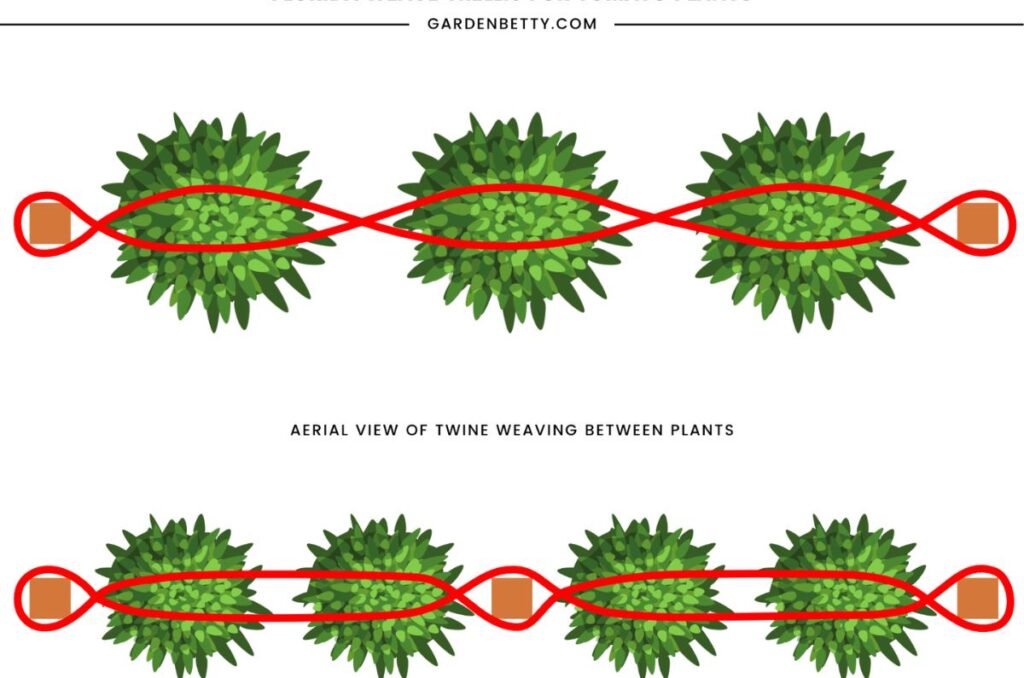
1. Florida Weave
The first trellis on our list is the Florida weave. I’m not sure if it has anything to do with Florida, but that’s what it’s called.
This method can be used for both indeterminate and determinate tomatoes. It’s also ideal if you have many tomato plants in one row and they all have to be trellised.
All the plants can be trellised using this method and it will basically turn into one big tomato fence.
Here’s how to set it up:
- Get a few sturdy stakes, either wood, metal, bamboo, or T-posts. I like using T-posts because they have those little nubs on them to let the string rest on.
- Drive the stakes into the ground every 4-5 plants. So if you’re growing 20 plants in a row, you’ll only need 5 stakes. One goes before the first plant, and then every 4-5 plants after that.
- Tie twine to the first stake and weave it in and out of every plant. By “in and out” I mean to put the string in front on the first plant, then behind the second plant, then in front of the third plant, and so on.
- Once you reach the next stake, turn it back around and do the opposite of the “in and out” that you just did.
- Make sure the twine is on either side of the tomato plant stem, which ensures that they won’t move.
- As the plants grow, keep adding the twine every 8-10 inches to support the weight.
Some of the pros of this method is that it’s ideal for large-scale plantings and really keeps the plants upright and contained.
On the other hand, one of the biggest cons is that it just uses so much string to tie the plants. You really can’t avoid this, but there is something you can do to improve it.
And that’s to use a natural twine, like this biodegradable jute twine. If you use this, then when you compost your plants at the end of the season, then you won’t have to take the string out. Basically, you can just compost everything, except for the stakes.
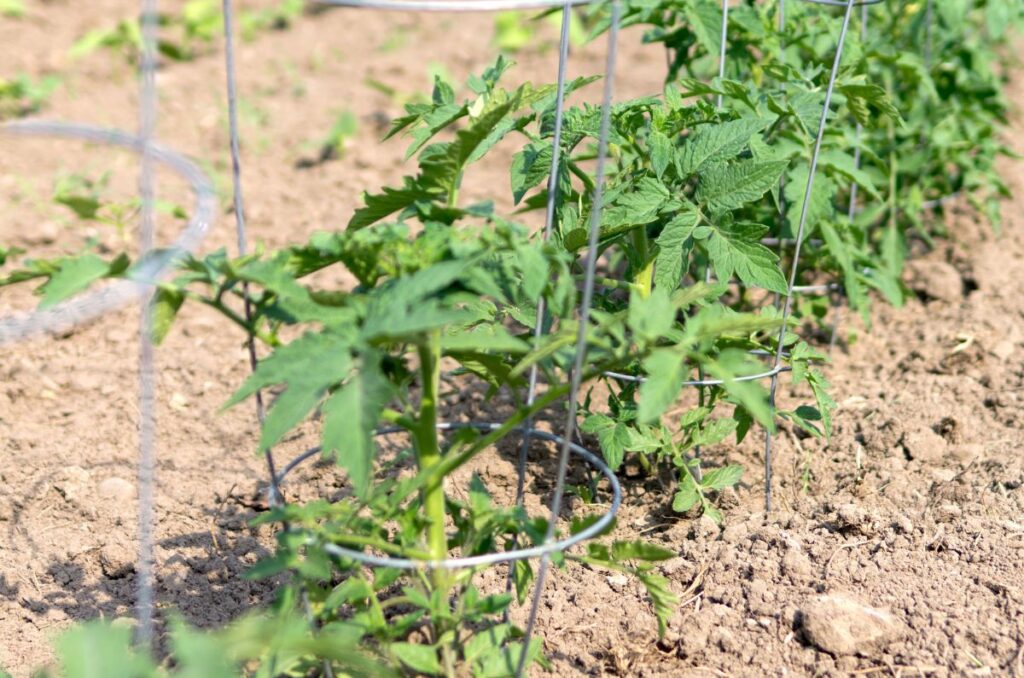
2. Tomato Cage
The tomato cage is the best method to use for individual determinate tomato plants. And it’s also good if you’re a beginner and just want something that works well.
I wouldn’t use a tomato cage for indeterminates because they’re usually not tall enough.
Tomato cages are one the most popular trellising methods because they provide support all around the plants.
It’s also better to use this if you only have a handful of tomato plants that you want to support. You probably wouldn’t buy 30 tomato cages for your whole garden, right?
Here’s how to get started:
- Use a high-quality, heavy-duty metal tomato cage. Make sure it’s at least 3-4 feet tall when it’s in the ground.
- Place the cage on top of each plant and secure it in the ground to prevent it from tipping.
- Then just guide the side branches inside the cage as they grow, and you’ll be good to go!
This method works well because it’s very easy to set up and it provides support from all sides.
The only bad things are that they’re usually not tall or strong enough to support indeterminate tomatoes, and it could get expensive if you have a lot of plants.
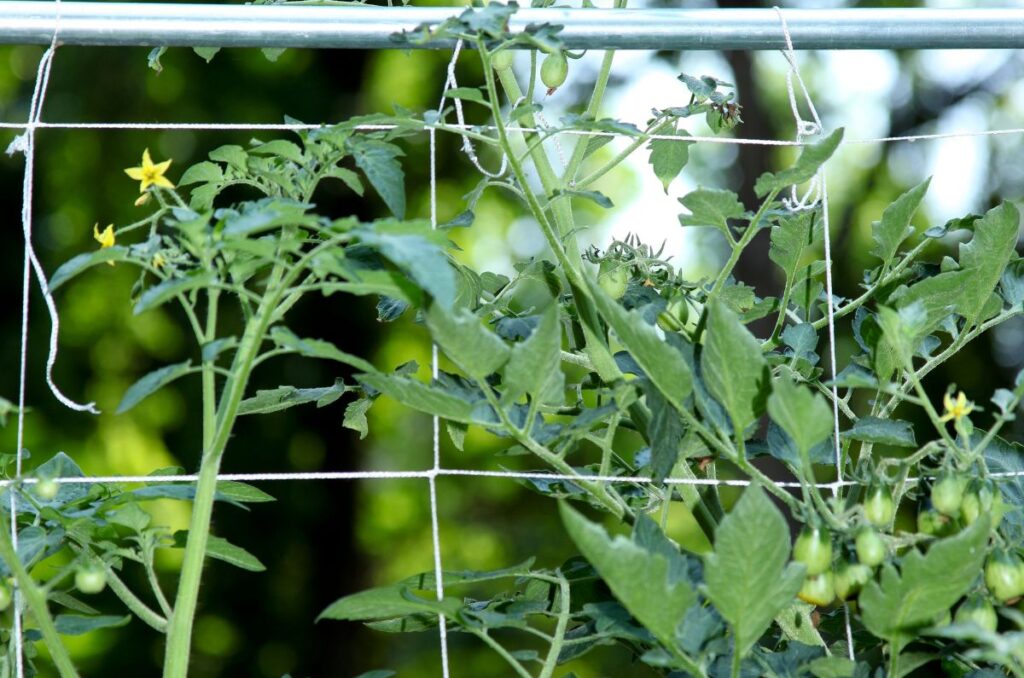
3. Trellis Netting
The trellis netting method is best for indeterminate tomato plants because it allows them to grow vertically very well.
Here’s how to use it:
- Create a sturdy frame around 4 or 5 plants. Put one wood stake in the ground on either side, and then connect them on the top with another wood stake. Make sure they are fully in the ground.
- Stretch the netting across the wooden frame and secure it with screws, nails, or staples.
- Make sure the net is very tight, or else the plants will slowly weigh it down and it’ll break.
- As the tomatoes grow, weave the stems in and out of the holes in the netting. If you have to, you can also tie them to the net to train them better.
I like this method because it allows for much more airflow and it supports huge tomato plants and fruits.
You might not want to use this one if you don’t like DIY, or if you don’t want to regularly have to train the plants on the trellis.
You can also make this tomato trellis with cattle panel instead of netting. Just make sure to properly secure the metal cattle panel into the wood stakes.

4. Bamboo A-Frame
This tomato trellis with bamboo is probably the simplest DIY method, and it is aesthetically pleasing in the garden. It gives a natural look with the bamboo and the plants growing on it.
It’s best for indeterminate tomatoes, especially if you live in a really cold climate. This is because they probably won’t grow too tall on this trellis, so it’s perfect for the northern gardeners.
Here’s how to set it up:
- Get some bamboo poles or wooden stakes and tie 2 together at the top. This should form an A-frame, or when it looks like the letter “A.”
- You can connect the 2 poles with another piece in the middle going horizontal.
- Make sure to put it at least 1 foot in the soil.
- One plant can grow on either side of the “A.”
- The plants will grow upward and you’ll have to tie them as they grow to keep them supported.
The only reason why I’d use this method is if I want to make my garden look good. Or else, other trellising methods are much better for vertical growth and airflow.
Be careful with the bamboo A-frame if it gets really windy. It’s not the strongest or sturdiest, so it could get blown over in the wind or a storm.
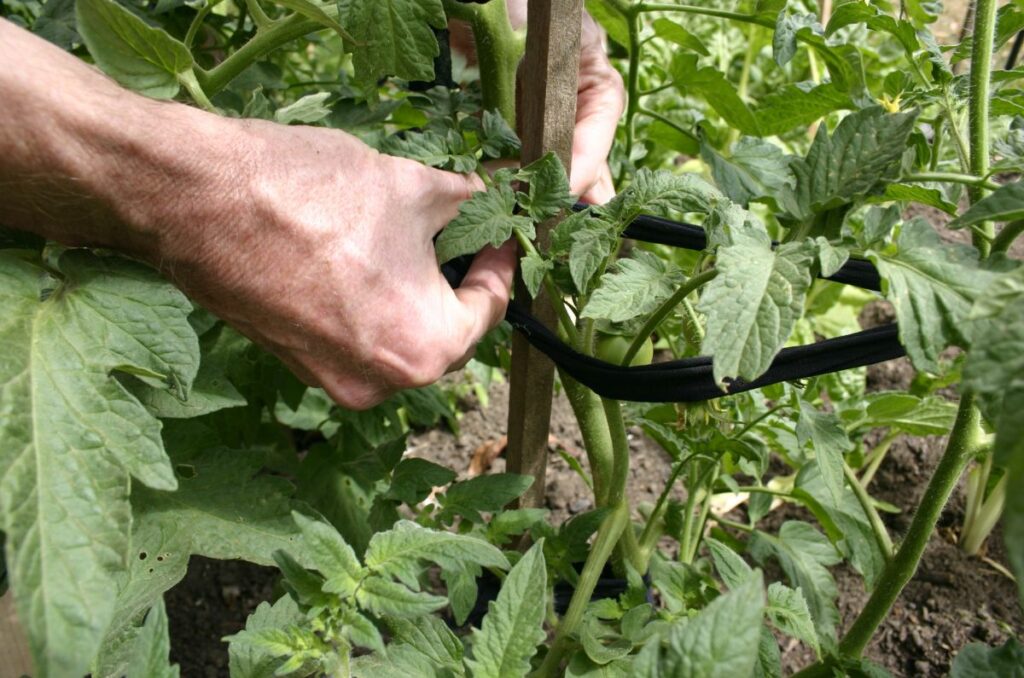
5. Single-Stem Staking
This method is best for indeterminate tomatoes, especially if you only have a few plants.
The only consideration is that you’ll have to prune the plants to one single growing stem; you can’t let any suckers grow because they can’t be supported.
Here’s how to get started:
- Use a stake that’s at least 7-8 feet tall. The plants grow tall, so you’ll need a tall stake.
- Hammer the stake right next to your tomato seedling, giving a few inches of space from the stem. Hammer the stake at least 1 foot into the ground.
- As the plant grows vertically, you’ll have to tie it to the stake with a clip or soft twine. Tie the knot right above a leaf, so the string can’t slide down.
- Make sure it’s not too tight because the stem will increase in diameter as the plant gets older.
- Continue tying the plant every 8-10 inches to support the weight.
The best things about this method is that it’s easy, cheap, and great for small gardens.
The only thing I have against it is that it can’t support bushy growth. I like leaving at least 2-3 suckers on each tomato plant, and I can’t do that with the single-stem staking method.
So I would only use this method if you have only a few plants, or if there’s a random tomato in your garden somewhere. Like if you’re using a container, or for tomatoes that you just had to plant to fill in the space.
Which Tomato Trellis is Right for You?
Choosing the best trellis for your garden depends on the size of your garden, the type of tomato you’re growing, and your garden preferences.
- For determinate tomatoes: Florida weave and tomato cages are the best options.
- For indeterminate tomatoes: Trellis netting and Florida weave work the best.
- For small gardens: Single-stem staking and tomato cages give the most support with the least space.
- For aesthetic gardens: Bamboo A-frame trellis is easily the best looking one.
But whichever trellis method you choose, providing support will result in healthier plants and bigger harvests.
How Tall Should a Tomato Trellis Be?
The height of your trellis depends on the variety of tomato you’re growing.
For determinate tomatoes, you only need about 3-4 feet of vertical trellis space. These plants don’t grow very tall, so a short trellis will support them.
For indeterminate tomatoes, your trellis should be at least 7-8 feet tall. Like I said, they can grow to over 20 feet, so 7-8 is a good starting point.
It’s better to make it too tall than too short, because at least you’ll have room for the entire plant. If the trellis is too short, then you’ll just waste a growing season on a short indeterminate tomato.
Frequently Asked Questions
Keep the trellis stakes a few inches away from the stem of the plant. As the plant gets older, the stem will increase in diameter, so give it some space to grow.
If you have a few long and sturdy sticks or branches, then you can turn them into a tomato trellis. Use them the same way you’d use wood or metal stakes.
If you have many 5 gallon buckets lined up, then you can use the Florida weave or trellis netting. But for only one individual bucket, single-stem staking is the best option.
It depends what you want. For me, I like to compost everything at the end of the season. So that includes the plants and the natural jute twine. But if you want a reusable clip that’s easier to use, then tomato trellis clips are better for you.
An arch trellis for tomatoes is usually not done, but I guess it’s possible. Arches are typically used for beans, squash, or other vining plants.
Even More Gardening Ideas
Here are a few more posts to get the ball rolling in your garden!
- How to Grow Cucumbers from Seed to Harvest
- Planting Bare Root Raspberries in Spring
- Is Window Light Enough for Seedlings?
If you liked this article, make sure to share it with your friends and family members who are also looking to sharpen their gardening skills. Also, consider signing up for our email newsletter; don’t worry, we won’t send you spam, just fresh gardening ideas every week!
If you want to learn more about vegetable gardening, make sure to check out what I’m doing on Facebook, YouTube, and Pinterest.
Pin this post for later:
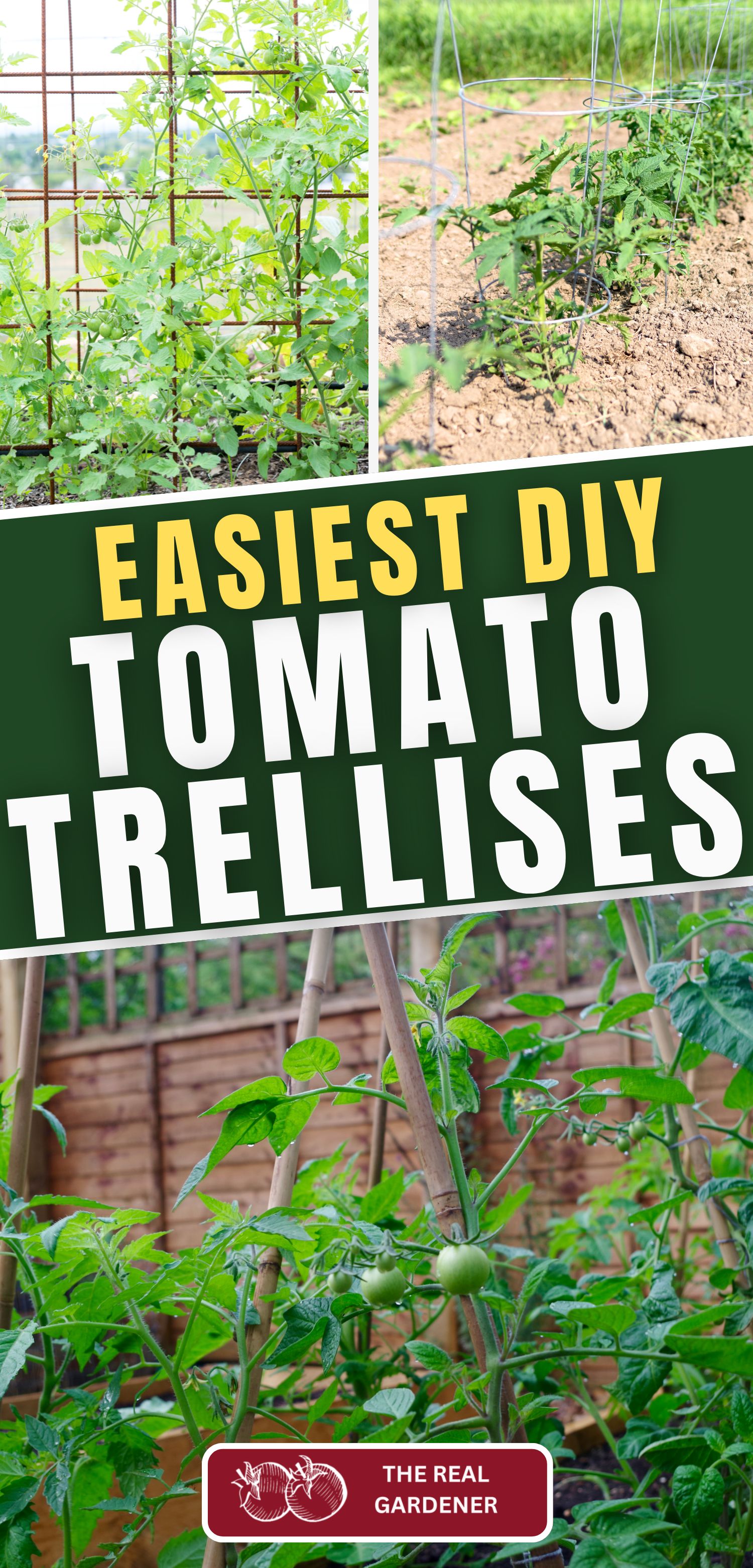

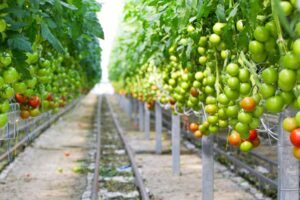



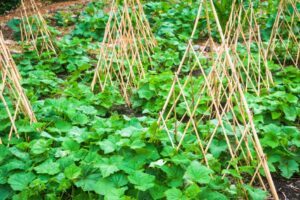
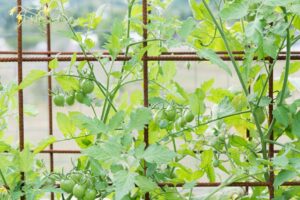
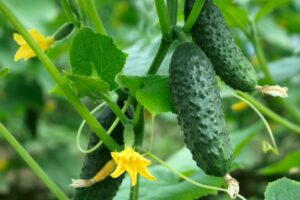
Leave a Reply